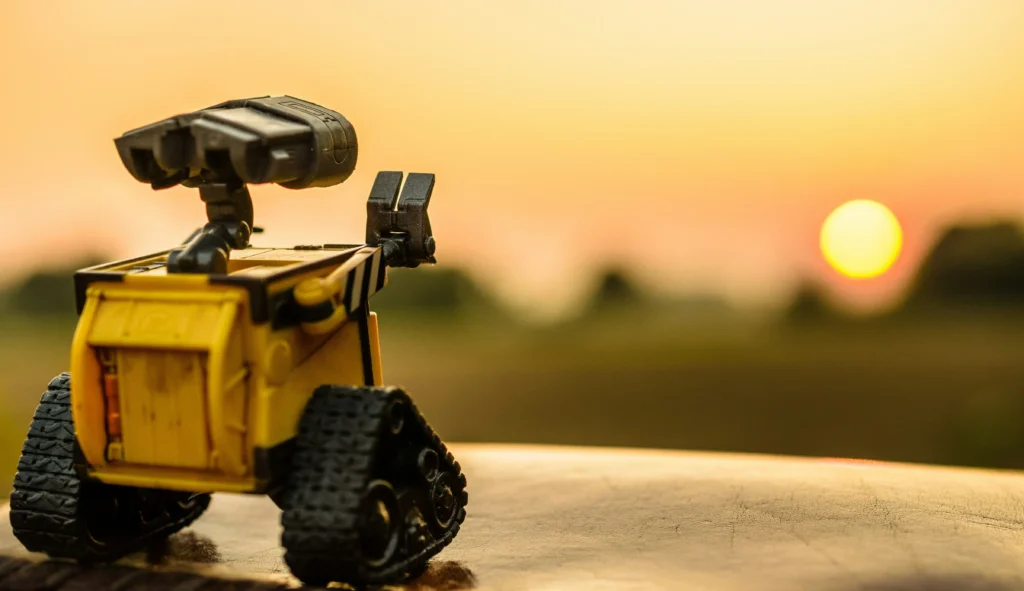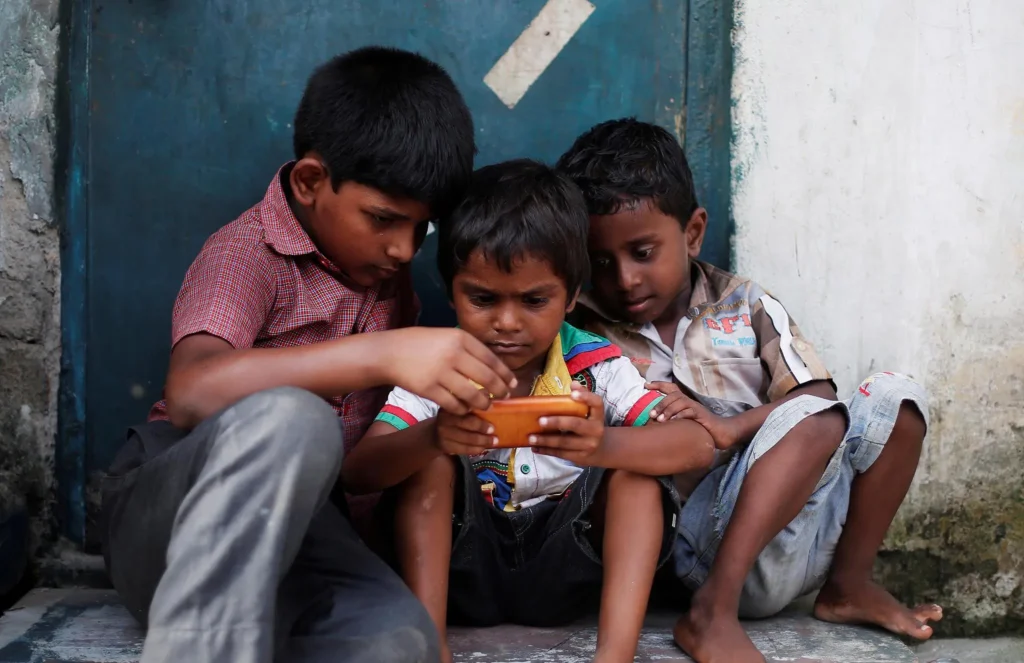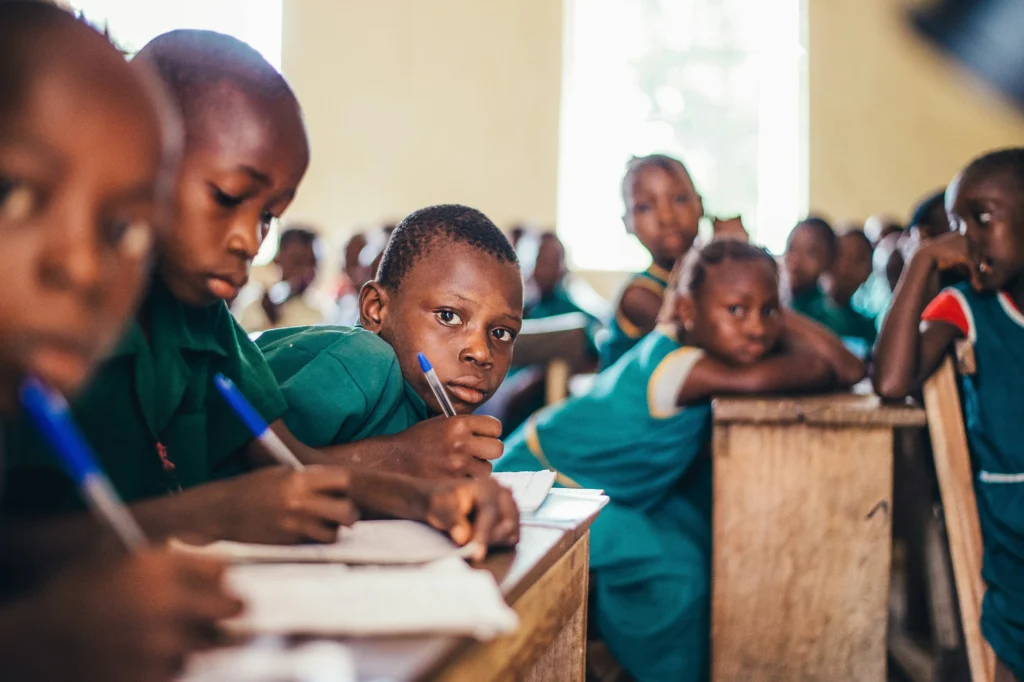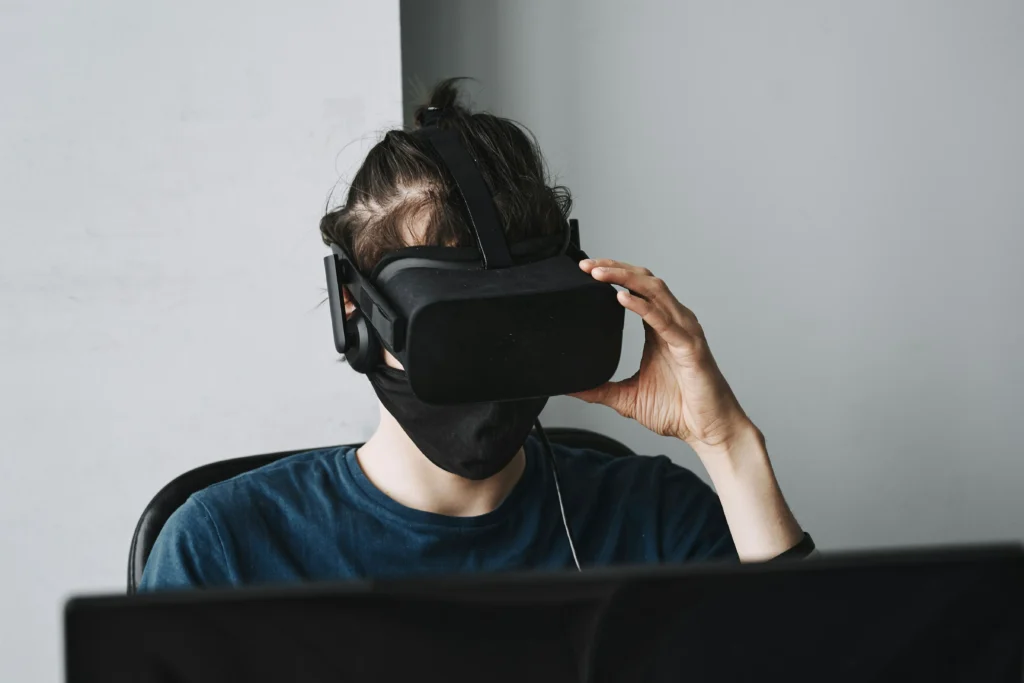Its Promise and Challenges in Education and Society

In a bustling corner of Mumbai, where the narrow lanes of Dharavi weave through a maze of tin roofs and brick walls, a young girl named Tara sits with her mother’s battered smartphone. Its cracked screen is her window to the world, offering her a glimpse of possibilities far beyond her immediate surroundings. Today, she is watching a video about stars, captivated by a universe that seems impossibly far away from her life. For Tara, technology is not just a tool of convenience. It is a lifeline that connects her to knowledge she would otherwise never encounter.
But can this lifeline, through the power of artificial intelligence, truly help students like Tara overcome the barriers they face? Or will it widen the inequalities it promises to bridge? This is not just a question about Tara’s future. It is about the millions of children around the world who share her story.
To truly understand this, we need to look beyond the promises of technology. Let us proceed by recognizing the gaps that technology seeks to bridge and the deep-rooted challenges that make overcoming them so difficult.
The Rise of AI: From Concept to Reality
The idea of machines that can think and learn like humans has both fascinated and unsettled humankind for generations. In the mid-20th century, Isaac Asimov brought robots to life, showing them as both helpful companions and potential threats, while grounding them in his famous rules in I, Robot. In his Foundation series, he further imagined these robot characters developing increasingly human-like qualities, making them more complex and unpredictable.
Decades later, films like Wall-E portrayed AI in a more compassionate light. A lonely robot tirelessly cleans up a deserted Earth, hinting at technology’s potential to care for a world that humanity itself has abandoned. Other films, such as Ex Machina and Her, explored more complex ideas, imagining AI not just as tools but as entities capable of emotions, relationships, and autonomy.
While these depictions explore AI’s philosophical and emotional dimensions, real-world applications reveal a different kind of challenge. Advances in machine learning and computing have made AI a powerful force in society. It powers virtual assistants, curates online content, and tailors educational tools for students like Tara. What was once science fiction now influences the way we live, learn, and imagine the future.

A World of Unequal Beginnings
Before we can talk about how technology might change education, we need to face the long-standing inequalities that have shaped it. Tara’s struggles are part of a much bigger picture, rooted in a history of unfair systems. One place to start is with colonization, which replaced local knowledge systems with ones designed to serve colonial powers. Schools were built to train people for administrative jobs, not to inspire creativity or independent thinking. This legacy has left education systems in many countries ill-equipped to address the needs of today’s world.
These inequalities are still with us today. UNESCO reports that low-income countries spend just four percent of their GDP on education, while wealthier nations spend 5.5 percent. The consequences are visible in overcrowded classrooms, teachers who are undertrained, and a shortage of resources. In rural India, more than 25 percent of teachers are often absent, leaving students like Tara without the guidance they need. Around the world, socio-economic and cultural barriers continue to keep children from accessing education. Gender inequality, poverty, and deep-rooted traditions that prioritize work over education have kept 130 million girls out of school, blocking them from reaching their full potential.
Technology and AI has only deepened these gaps. In wealthier countries, it has transformed education through online platforms and interactive tools. In regions like sub-Saharan Africa, fewer than 40 percent of schools have access to electricity. In India, where smartphones are surprisingly common, only about a quarter of households have reliable internet. In fact, a large portion of internet usage is confined to entertainment and social media. A report from the Internet and Mobile Association of India shows that more than 60% of users spend much of their time on non-productive content, which limits their opportunities to learn and develop new skills. These habits do more than waste time; they create obstacles to education, stunt personal growth, and hold many young people back from reaching their true potential.
Technology and AI does offer hope in breaking down some of these barriers. It has the potential to connect students like Tara to opportunities they may never have imagined. But for this hope to become real, we need to address the deeper issues that continue to hold so many back, and work on fixing the foundations first.

The Promise of AI in Bridging Gaps
For Tara, her mother’s smartphone is much more than just a device. It represents doors to a world of possibilities she never thought possible. The learning tools it offers give her a chance to experience personalized education in ways her overcrowded classroom simply can’t. If she struggles with fractions, an AI-powered tutor helps her work through the steps at her own pace. When she excels in science, the platform challenges her with new, advanced concepts that spark her curiosity.
These tools go beyond just academics. Virtual science labs open up opportunities to explore experiments that her school could never afford. Career counseling programs introduce her to job paths she never imagined. A study published in Nature showed that educational tools powered by technology helped students in places like Kenya and India improve their literacy and numeracy at nearly double the rate of their peers.
Additionally, technology helps break down language barriers, which is particularly important in countries like India, where diverse languages can limit access to education. A Microsoft initiative that provided AI-powered translation tools improved STEM comprehension by 25 percent among students learning in their native languages. These are small but meaningful changes that show how technology, when tailored to cultural needs, can create real access to education.
Provided she can find the right websites and enter the correct search terms. The real question is: who is teaching her to do that? And if there’s no one, what’s to stop her from getting lost in AI-powered algorithms, which excel in pulling users into endless entertainment black holes?
The Threat of Widening Divides
While technology and AI offer great promise, their ability to create equal opportunities depends on access to basic resources. Many students still struggle with unreliable internet, expensive devices, and inconsistent electricity. For Tara, the smartphone she uses is shared among her family, and their Wi-Fi, borrowed from a neighbor, often cuts off when she needs it most. In low-income countries, only 19 percent of households have internet access, compared to 87 percent in wealthier nations. These gaps are just the beginning of the challenges we must face.
However, there’s another challenge. Even when efforts are made to provide these tools to different communities, their impact is not always the same for everyone. Research from Stanford University shows that these tools work best when building on existing knowledge rather than filling in basic gaps. For students who struggle with foundational skills like reading or math, these tools alone may not be enough, which makes the role of human teachers even more crucial, especially for those who need the most support.
Additionally, the addictive algorithms that dominate many online spaces often push students toward mindless entertainment rather than helping them engage in meaningful learning. For Tara, and many like her, these distractions hinder their ability to tap into the educational potential the internet offers.
There are important ethical concerns as well. AI systems gather large amounts of data on students, monitoring their habits and performance. This raises important questions about who controls this data and how it is used. Without proper safeguards, these systems could end up reinforcing biases and deepening inequalities, rather than breaking them down.

A Tale of Two Economies
The impact of technology becomes even clearer when we view it through the lens of global economic inequality. In wealthier countries like Finland, Japan, and the United States, AI builds on already robust education systems. It enhances creativity, critical thinking, and STEM skills, preparing students for industries that thrive on technological innovation. In Finland, nearly every school has high-speed internet, allowing AI tools to complement teaching practices and create dynamic learning environments.
In contrast, countries like India or Nigeria often use AI to fill gaps in struggling systems. Here, AI provides basic functionality rather than transforming learning outcomes. This contrast creates a paradox. AI has the potential to make education more democratic, but that promise remains unfulfilled unless the deeper, structural inequalities are addressed.
The challenges AI faces go beyond economic and infrastructure disparities. They raise questions about creativity, originality, and truth. As AI begins to influence art, science, and the way we consume information, we must ask critical questions. How does it shape creativity? Can it amplify innovation without overshadowing authenticity? And what risks do we face when machines begin to take on roles that define human expression?
In the Shadows of AI: Creativity, Truth, and Originality
AI’s influence extends into the deeply human realms of creativity and authenticity. Tools like DALL-E and ChatGPT can produce art, music, and writing in seconds, mimicking styles that take creators years to master. While they democratize access to creative tools, they also raise difficult questions. Can a machine-generated melody evoke the same emotion as one composed by a human? For aspiring minds like Tara, AI’s efficiency risks overshadowing originality, making it harder for talent to find its voice.
The problem extends to information. Generative AI tools can fabricate news, deepfakes, and data with alarming precision. For learners like Tara, distinguishing truth from fabrication becomes a constant challenge. Like every tool humanity has ever created, AI holds the potential for great benefit or harm. Its ultimate impact depends on the intentions of those who wield it.
A Future Worth Dreaming Of
Tara’s story offers both hope and a clear call for action. Technology itself is not inherently good or bad. What truly matters is how we choose to use it, who makes those decisions, and how we guide those choices to create real change. Whether technology opens up new opportunities or deepens divides will depend on the values and priorities we set today.
The World Bank estimates that closing the digital divide could lift 500 million people out of poverty by 2030. But without careful, equitable action, this chance may remain out of reach. Tara’s story is a reminder that technology can be a force for positive change, but only if we address the systemic barriers that continue to hold people back. It’s up to us to ensure that technology is a bridge, not a divide.

Thank you for joining me on this Collage! I would love to hear your thoughts, feedback, or suggestions for future topics. Connect with me on LinkedIn or follow me on Medium, for more stories and reflections about science, curiosity, and life.

